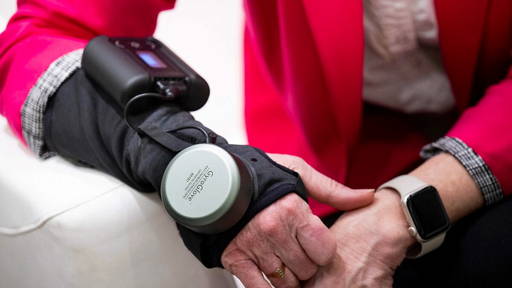Tuesday 28 to Thursday 30 January 2025
ICT&health World Conference 2025
The three-day knowledge event for healthcare innovation with more than 100 speakers.
Related items

John Halamka: 'Create the Fear of Missing Out'
Friday, March 29, 2024
CES 2024: Meet the exciting innovations for health and well-being
Thursday, February 8, 2024
Ensuring a Smooth Patient Journey through Telemonitoring: The MEDAL-C Study
Monday, August 28, 2023
Top 7 most promising technologies of 2023 healthcare is waiting for
Tuesday, August 15, 2023
Chatgpt has the features of a cutting-edge innovation: it amazes and scares.
Monday, April 24, 2023
Our favorite innovations for health and well-being at CES 2023
Monday, January 16, 2023Ready for growth with targeted advertisements on the largest innovation platform in healthcare?
Complete the contact form and we will contact you to discuss the possibilities together.
